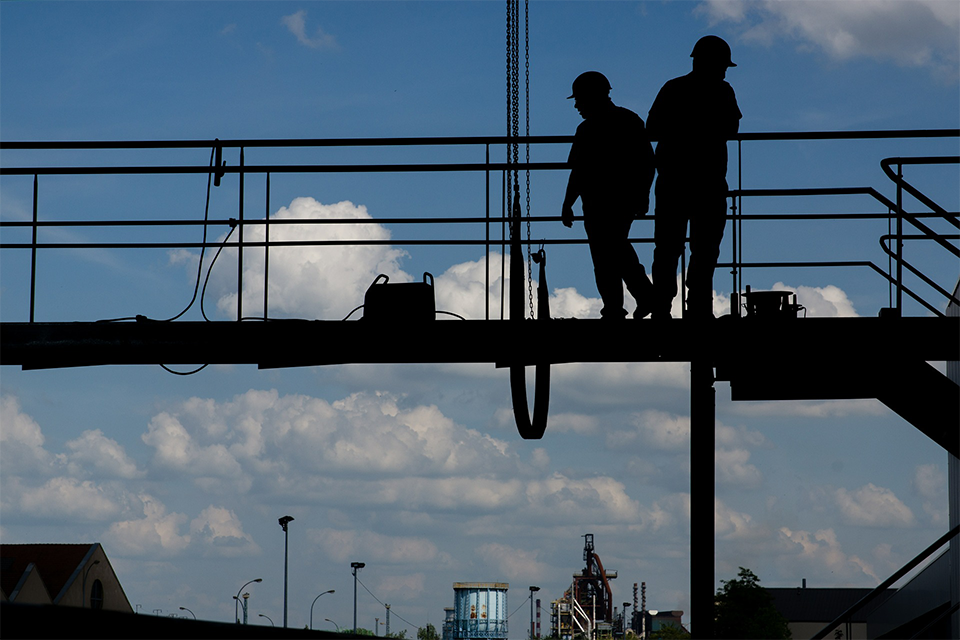What is required to establish a high-performance culture of safety in your business or organisation you wonder? Our long experience in safety leadership and management has shown us that there are three stages that need to be worked through in order to create a safety culture with which an entire workforce can engage.
The first is the Assess Phase, where you analyse your current safety leadership behaviours and levels of safety culture engagement. This is followed by the Define Phase, in which you establish your safety culture vision. Finally, in the Execution Phase, you implement your safety plans by clearly defining the roles and responsibilities of safety leaders.
Step 1. Assess your current culture
The first step towards building a safety culture is to review your existing safety leadership behaviours and workplace exposures. This can be achieved through a focused workplace safety survey that measures the extent to which your leaders and workforce are engaged with a culture of safety.
As part of this process, safety leaders should also undertake additional assessments that enable them to better understand their own capabilities and how their safety behaviours impact on the overall culture of the workplace. The leadership profiles that emerge from this will enable you to identify your safety leaders’ capabilities and behaviours, as well as areas that need further development.
Time spent understanding your current strengths and opportunities will then enable you to create a specific plan for building a culture of safety and implement strategies for positive change.
Step 2. Define the actions that you need to take
After completing these assessments, review the findings in order to define what you need to keep doing, stop doing, and start doing.
High-performance safety culture is about much more than just policies and procedures; it comes from the way in which every individual engages with safety. Your aim should, therefore, be to identify the workplace behaviours that reduce exposure to hazards and develop them through training, education and safety leadership. A collaborative approach to a culture of safety builds ownership and engagement and creates an environment where positive behaviours are endorsed and enacted by the whole team.
An inclusive workplace safety plan is one that contains specific actions not only for moving safety culture forward in terms of potential physical hazards but with regard to safety behaviours as well.
Step 3. Execute your strategy
Educating and supporting your team with regard to workplace behaviours is the key to developing and implementing a safety culture with which the whole workforce can engage. It is therefore important to establish processes for regularly monitoring and reinforcing the behaviours which drive a culture of safety, as well as having organisational systems in place to further develop the leadership skills required to implement it.
Leadership has been shown to impact significantly on the safety behaviours of the entire workforce, and so an effective Safety Management System (SMS) is one where safety leadership roles and responsibilities are firmly established, and where expectations in terms of workplace safety behaviours are regularly reinforced.
Interested in building a culture of safety? We can help!
Barclayss are specialists in providing world-class safety solutions and helping businesses of all sizes to create effective safety cultures.
Contact us today on 0429 305 260 or email us with your enquiry at info@barclayss.com.


